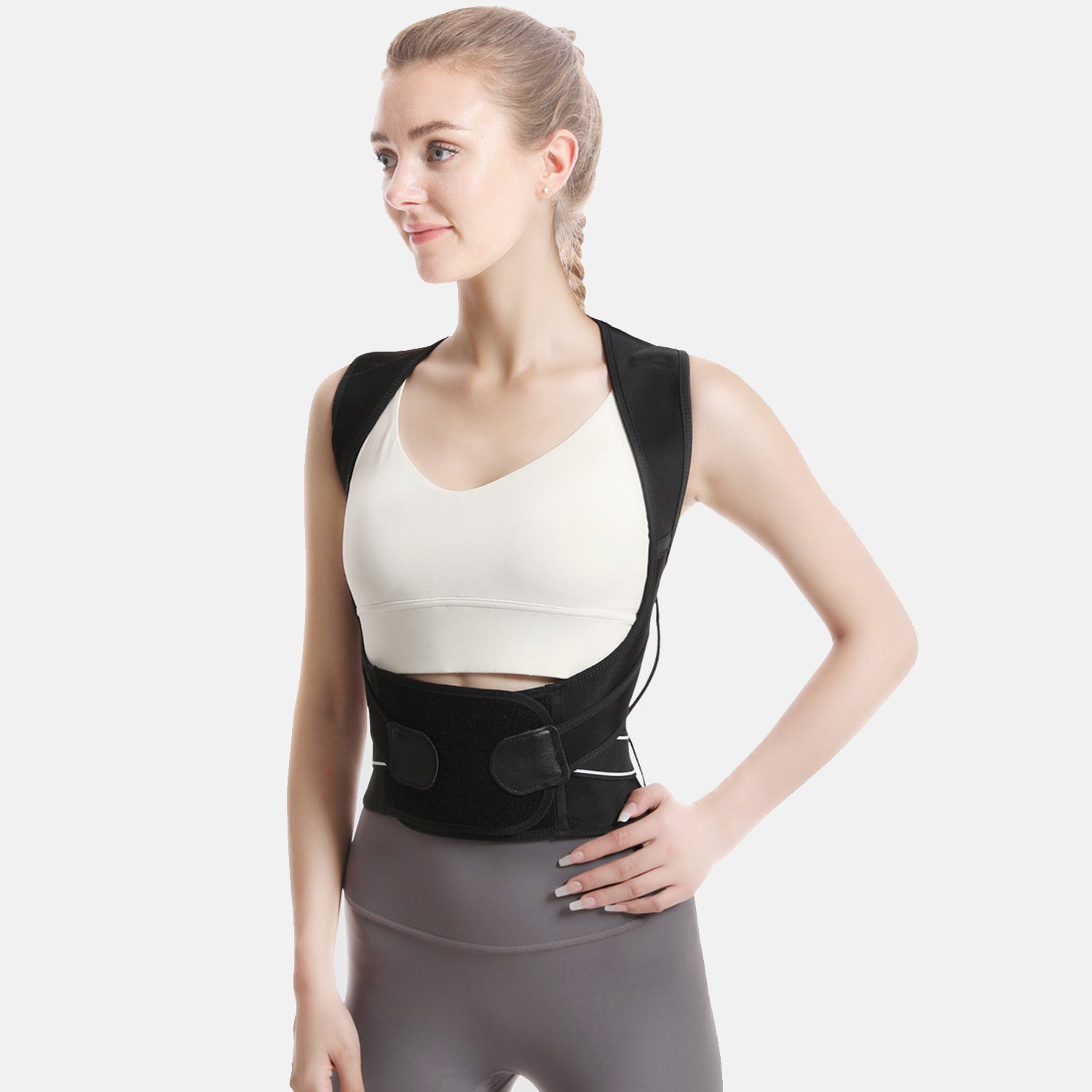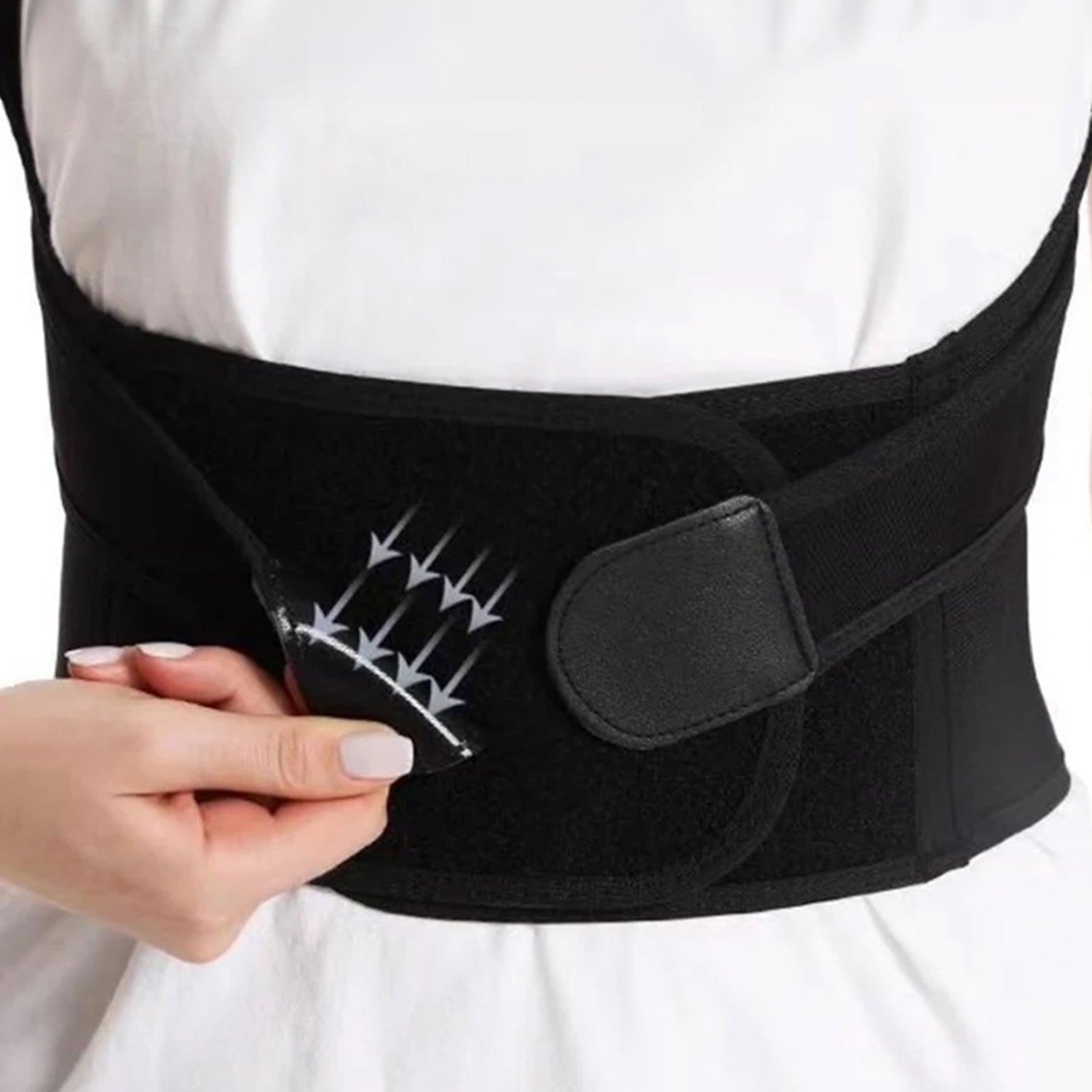
10 Essential Tools to Improve Your Posture and Banish Back Pain
Good posture is the alignment of the body in a way that puts the least amount of strain on the muscles, ligaments, and joints. It is not just about sitting up straight; it involves maintaining the natural curves of the spine in all positions. Good posture is important because it helps to distribute the forces exerted on the body evenly, reducing the risk of injury and promoting overall health.
Key Takeaways
- Good posture is important for overall health and well-being.
- Poor posture can lead to negative effects on the body, including back pain.
- Understanding the causes of back pain can help in finding solutions to improve posture.
- Using posture-improving tools, such as a posture corrector or foam roller, can provide benefits for posture and back pain.
- Incorporating practices like yoga and using ergonomic office equipment can also help improve posture.
The negative effects of poor posture on the body
Poor posture can have a detrimental effect on the body, leading to various health issues. One of the most common problems associated with poor posture is back pain. When we slouch or hunch forward, it puts excessive strain on the muscles and ligaments in the back, leading to discomfort and pain. Additionally, poor posture can also cause neck pain and headaches, as it puts strain on the neck muscles and restricts blood flow to the head.
Understanding the causes of back pain
Poor posture is a major contributor to back pain. When we slouch or sit in a hunched position for extended periods, it puts excessive pressure on the spinal discs and can lead to disc degeneration and herniation. Other causes of back pain include muscle imbalances, weak core muscles, improper lifting techniques, and certain medical conditions such as arthritis or osteoporosis.
The benefits of using posture-improving tools
Posture-improving tools can be highly beneficial in alleviating back pain and improving posture. These tools are designed to provide support and help maintain proper alignment of the spine. They can help strengthen weak muscles, correct imbalances, and promote better posture habits. By using these tools regularly, individuals can experience reduced pain, improved mobility, and enhanced overall well-being.
The top 10 essential tools for improving posture
1. Posture Correctors: These devices are designed to pull the shoulders back and align the spine, promoting proper posture.
2. Foam Rollers: Foam rolling can help release tension in the muscles, improve flexibility, and alleviate back pain.
3. Ergonomic Office Equipment: Ergonomic chairs, keyboards, and desks are designed to support proper posture and reduce strain on the body during long hours of sitting.
4. Yoga Props: Yoga blocks and straps can assist in achieving proper alignment during yoga poses, promoting better posture.
5. Lumbar Support Pillows: These pillows provide extra support to the lower back, helping to maintain the natural curve of the spine while sitting.
6. Standing Desk Converters: These devices allow individuals to switch between sitting and standing positions, reducing the negative effects of prolonged sitting on posture.
7. Resistance Bands: These bands can be used for strengthening exercises that target the muscles responsible for maintaining good posture.
8. Balance Balls: Sitting on a balance ball engages the core muscles and promotes an upright posture.
9. Orthopedic Pillows: These pillows are designed to support the neck and head in a neutral position while sleeping, reducing strain on the spine.
10. Back Braces: Back braces provide support to the lower back and can be helpful for individuals with weak core muscles or those recovering from injuries.
How to use a posture corrector
Using a posture corrector is relatively simple. Start by adjusting the straps or fasteners to ensure a snug fit around the shoulders and upper back. The corrector should gently pull the shoulders back, aligning them with the spine. It is important not to over-tighten the straps, as this can restrict movement and cause discomfort. Begin by wearing the corrector for short periods, gradually increasing the duration as your muscles adapt to the new alignment.
The benefits of using a foam roller for back pain
Foam rolling is a self-myofascial release technique that involves using a foam roller to apply pressure to tight or sore muscles. This practice can help alleviate back pain by releasing tension and improving blood flow to the affected area. Foam rolling can also improve flexibility and range of motion, allowing for better posture and reduced risk of injury.
The importance of ergonomic office equipment
Ergonomic office equipment is designed to support the body's natural alignment and reduce strain on the muscles and joints. Ergonomic chairs provide proper lumbar support and encourage a neutral spine position. Ergonomic keyboards and desks are adjustable, allowing individuals to find the most comfortable and supportive position for their body. By using ergonomic office equipment, individuals can maintain good posture and reduce the risk of developing musculoskeletal issues associated with prolonged sitting.
The benefits of practicing yoga for posture improvement
Yoga is a holistic practice that combines physical postures, breathing exercises, and meditation. It can be highly beneficial for improving posture as it strengthens the core muscles, increases flexibility, and promotes body awareness. Yoga poses such as mountain pose, downward dog, and cobra pose help align the spine, open up the chest, and stretch tight muscles. Regular yoga practice can lead to improved posture, reduced back pain, and increased overall well-being.
How to use a standing desk to improve posture
Using a standing desk can be an effective way to improve posture and reduce the negative effects of prolonged sitting. When using a standing desk, it is important to maintain proper alignment by keeping the shoulders relaxed, the spine neutral, and the feet hip-width apart. Avoid locking the knees or leaning forward excessively. It is also recommended to alternate between sitting and standing throughout the day to prevent muscle fatigue and promote better circulation.
Conclusion and tips for maintaining good posture in daily life
In conclusion, good posture is essential for overall health and well-being. Poor posture can lead to various health issues such as back pain, neck pain, and headaches. By using posture-improving tools, practicing yoga, using ergonomic office equipment, and incorporating other posture-enhancing techniques into daily life, individuals can improve their posture and reduce the risk of developing musculoskeletal problems. Remember to maintain good posture while sitting, standing, and sleeping, and take regular breaks to stretch and move throughout the day. By making these small adjustments, you can enjoy the benefits of good posture and live a healthier, pain-free life.











